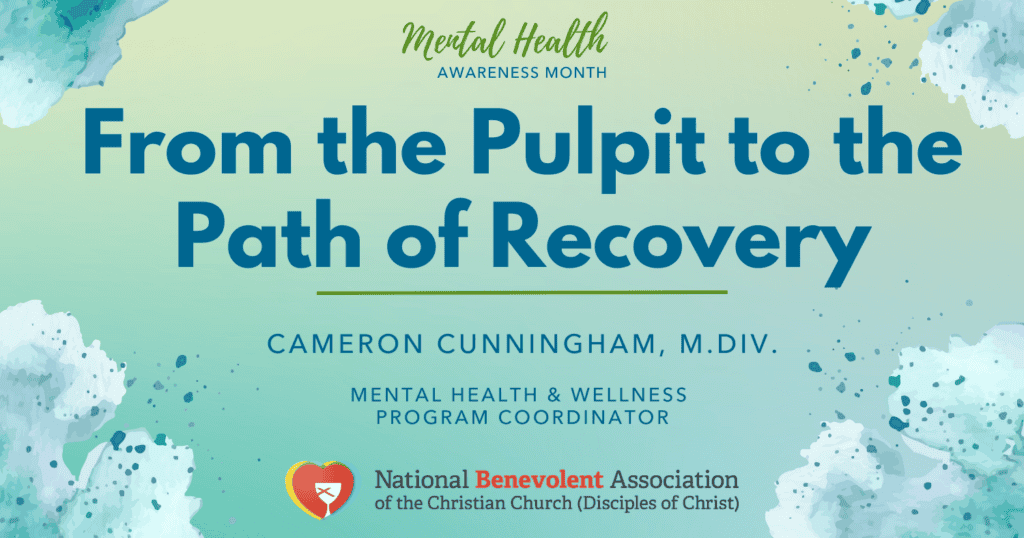From the Pulpit to the Path of Recovery
May 20, 2025 | by NBA Cares

In the sacred quiet of sanctuaries across the country, clergy stand each week speaking of hope, healing, and deliverance. Yet beneath the robes and behind the pulpits, many carry silent struggles of their own while expected to embody strength without pause.
Mental illness and addiction are not separate stories; they are often chapters in the same book. According to the Clergy Health Initiative, nearly 1 in 4 clergy members report struggling with mental health concerns, and many more go unreported due to stigma.[1] The Barna Group also found that over 65% of pastors say they’ve experienced burnout and emotional exhaustion.[2] These challenges do not discriminate. They find their way into the lives of the called just as they do the congregant. For many clergy and faith leaders, these chapters unfold quietly behind collars, vestments, and well-polished sermons. When pain goes unspoken, and pressure builds unacknowledged the sanctuary can begin to feel more like a stage than a place of refuge. Addiction may emerge as a coping mechanism when mental illness is hidden in plain sight.
This reflection is an intentional effort to address the spiritual toll of silence. It is a call for awareness and a plea to widen our view and recognize: Addiction is not a moral failure, and mental illness is not a faith deficiency.
These are health realities that deserve compassion, treatment, and support—not shame. Clergy are not exempt from these realities, yet stigma and shame fueled by the belief that clergy must be stronger, makes the battle often force leaders to feel that they must suffer in silence. The quiet weight of expectation, isolation, and fatigue can trigger in som the response of turning to substances or behaviors in attempt to numb rather than heal.
But the journey from the pulpit to the path of recovery is real and possible.
- Healing begins when there is space for honest conversation, professional care, and communal accountability.
- Healing begins when addiction and mental health can be spoken of without fear.
- Healing begins when leaders are not punished for their pain but supported through it.
- Healing begins when transparency is no longer betrayal, but brave ministry.
- Healing begins when we stop normalizing hiding in plain sight and having the courage to heal out loud.
May we move together in honesty, in courage, and in compassion.
Self-Reflection Questions
- In what ways have I been hiding in plain sight?
Am I silently carrying emotional or spiritual burdens that I’ve felt unable to name out loud? - How do I respond when I see pain in myself or others?
Do I offer the same grace inward that I extend outward in ministry? - What steps can I take to normalize healing conversations in my faith community — starting with myself?
Who can I trust with my truth, and how can I model vulnerability in a way that encourages others?
[1] Clergy Health Initiative. (2023). Clergy Health Trends: Mental Health 2008–2023. Duke University.
[2] Barna Group. (2023, July 6). 7-year trends: Pastors feel more loneliness & less support. Barna Group. https://www.barna.com/research/pastor-support-systems/
